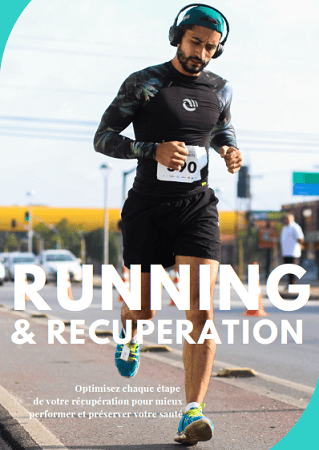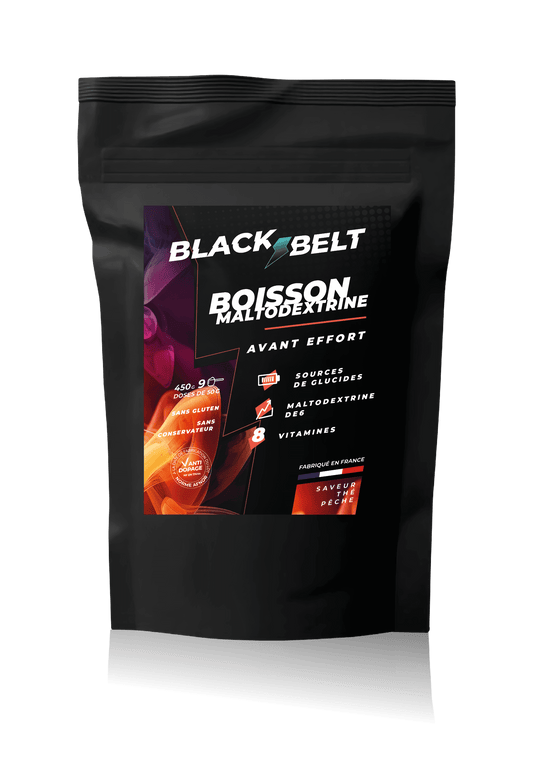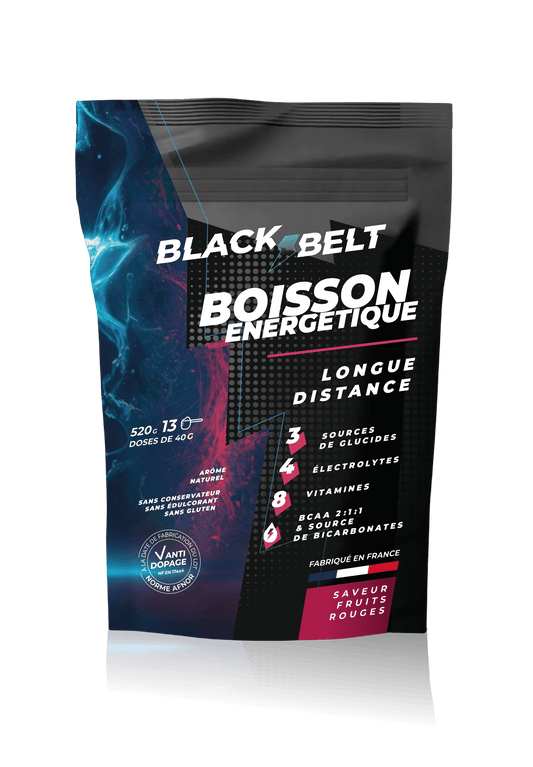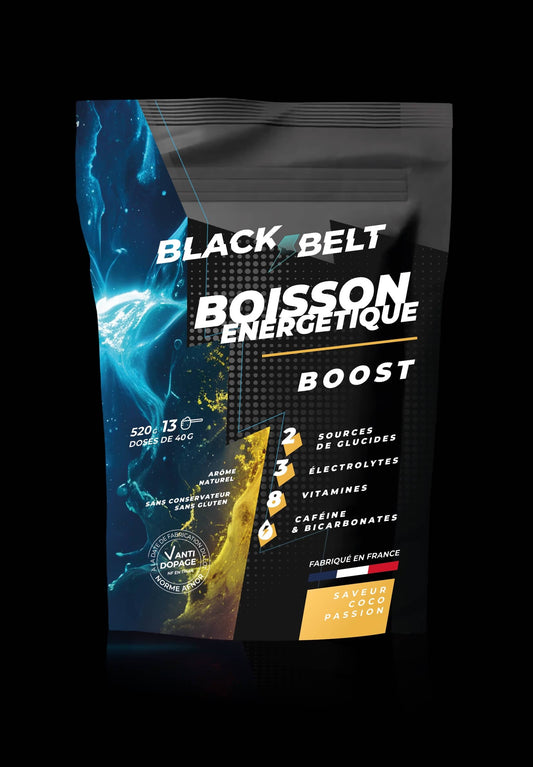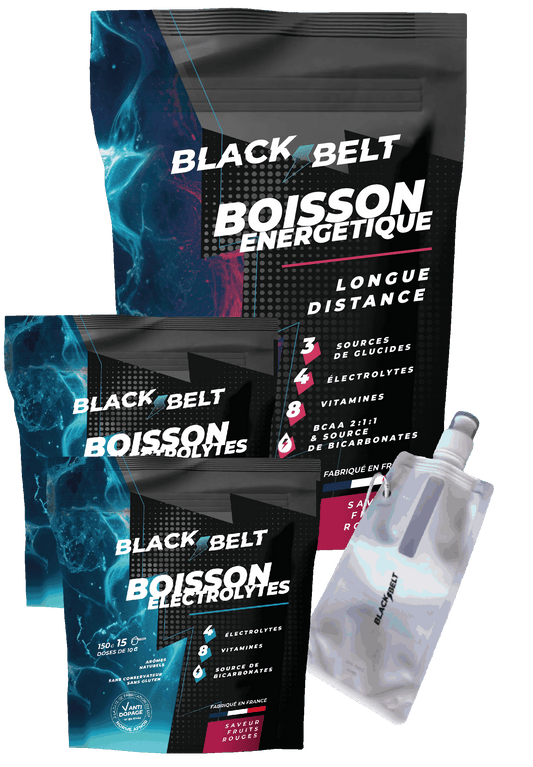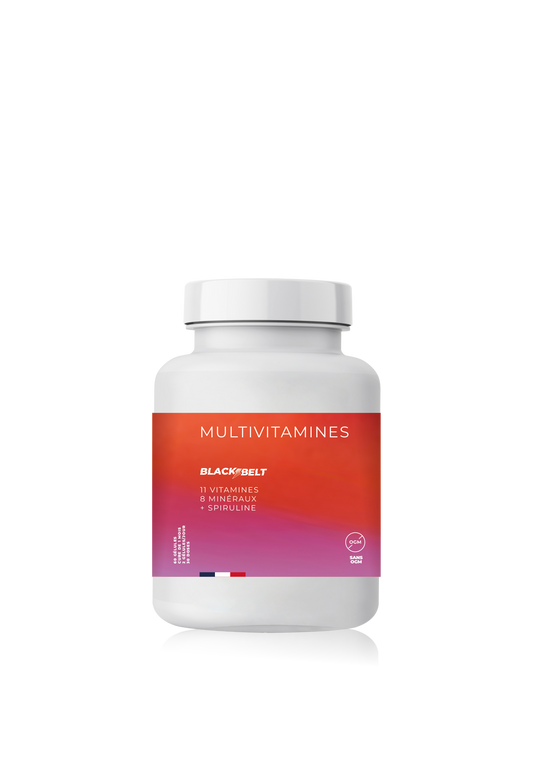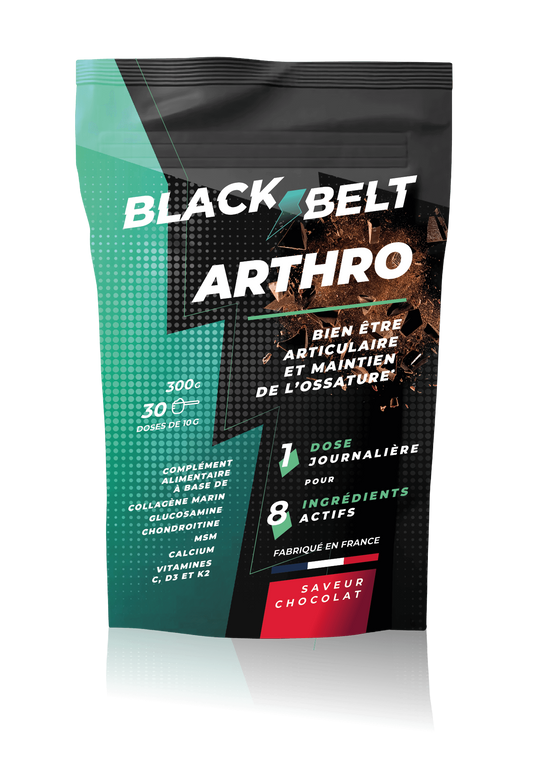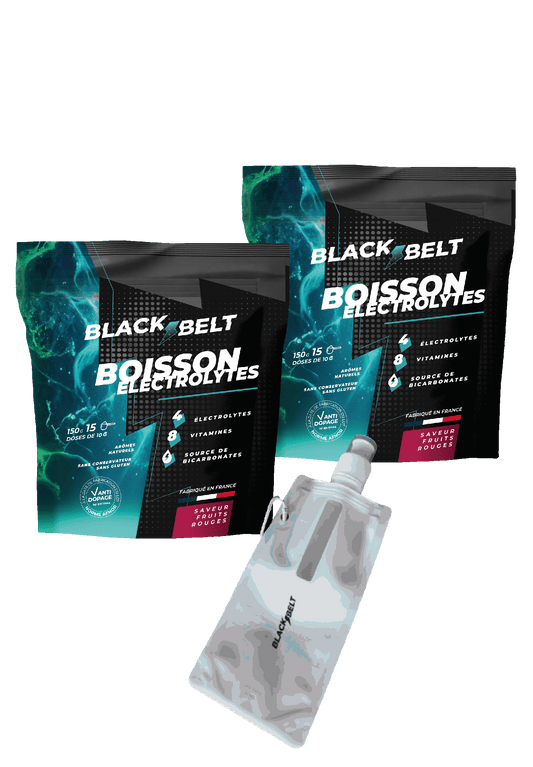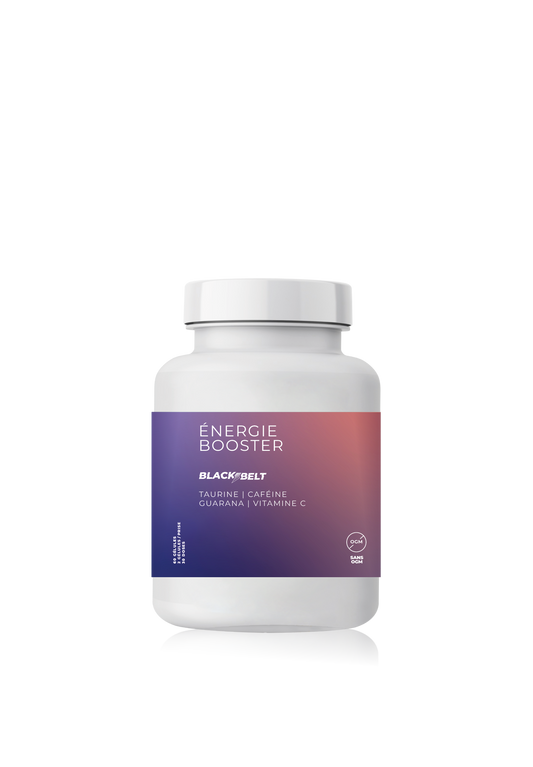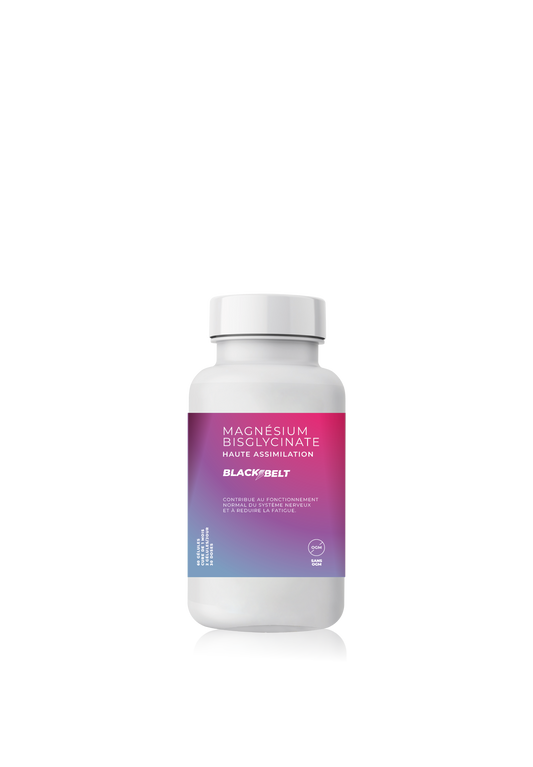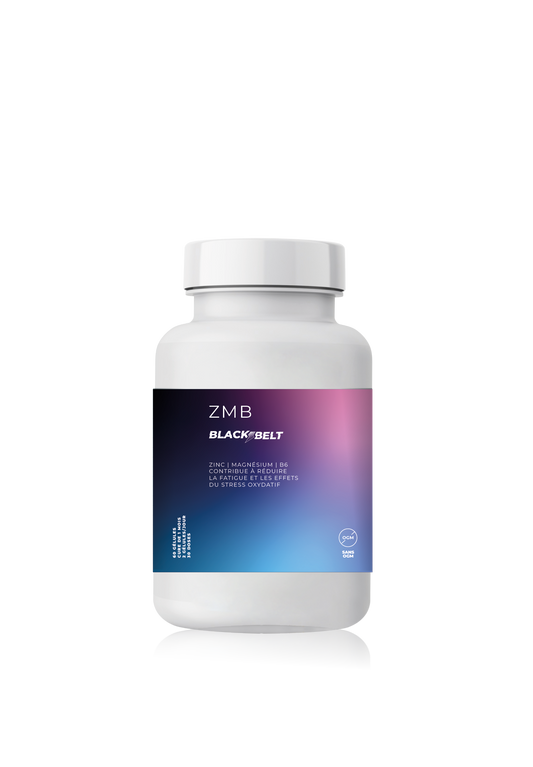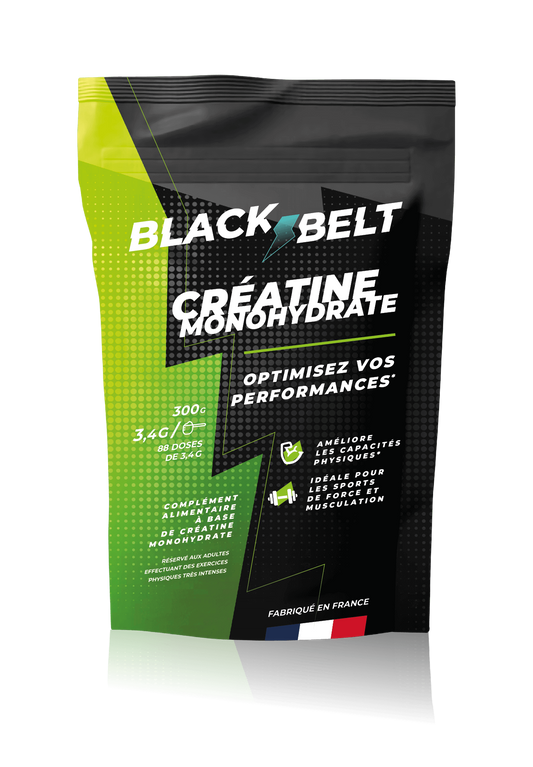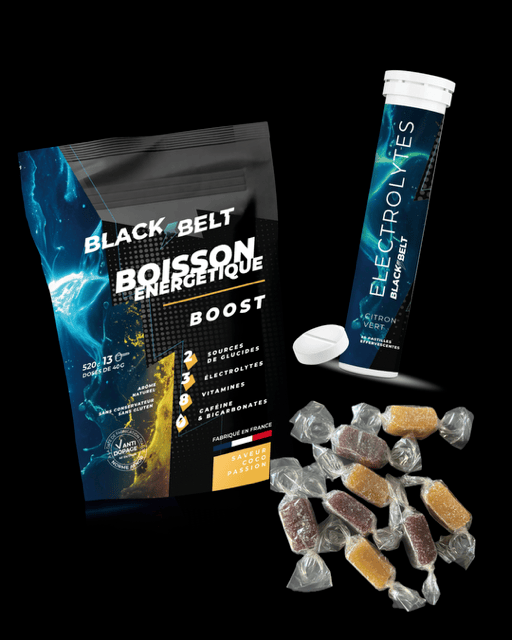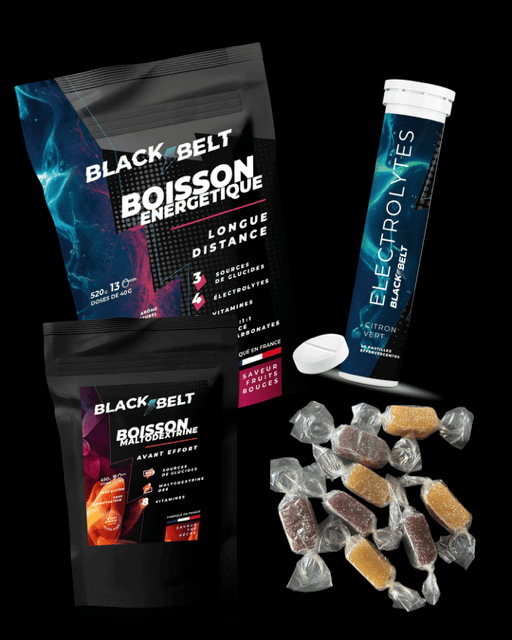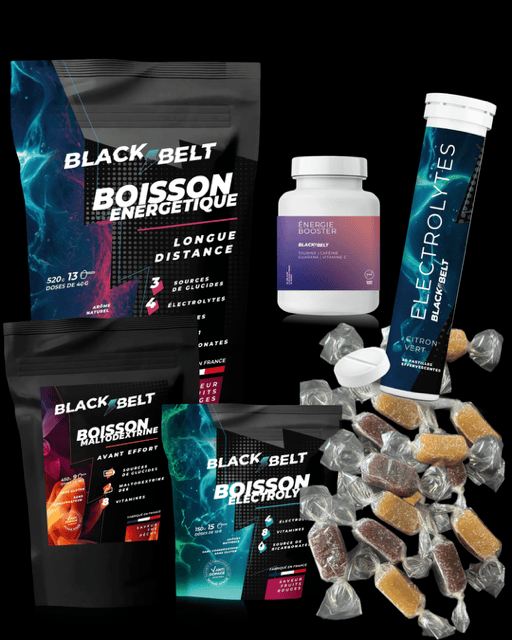
Share
From running to triathlon: the keys to a successful transition and boosting your performance
Transitioning from running to triathlon is an exciting challenge that requires rethinking your training, nutrition, and equipment. If you already have a solid foundation in running, you're well on your way to triathlon. This article offers practical tips for successfully making the transition, optimizing your preparation, and getting the most out of your performance.
Understanding the Differences Between Running and Triathlon
A change of multi-sport discipline
In triathlon, you don't just run, you swim and cycle too. While running focuses on endurance and speed on a uniform surface, triathlon requires versatility and adaptability:
• Swimming: Work on open water technique, manage the cold and currents.
• Cycling: Optimizing aerodynamic position and managing gradients on the bike.
• Running: Adapt to the accumulated fatigue of the first two disciplines to finish strong.
Physical and mental adaptations
The transition also requires a psychological adjustment. You must learn to manage the transitions between disciplines (T1 and T2) and adapt your pace so as not to deplete your reserves too quickly. Multidisciplinary training and mental preparation are therefore essential for a successful transition.
Our mental trainer will support you in your preparation and if you would like to look more closely at the transition from cycling to running, here is an article for you.

Sound adapter for triathlon training
Incorporate swimming and cycling into your routine
If you are already used to running, it is important to gradually add other disciplines to your training :
• Swimming: Start with 30-minute to 1-hour sessions to improve your technique and endurance in open water.
• Cycling: Include bike rides, focusing on varied routes (flat, uphill) to get your body used to prolonged effort and changes in posture.
Structure your transition sessions
To maximize your efficiency during transitions (T1 between swimming and cycling, T2 between cycling and running):
• Simulate transitions during your training by chaining disciplines together without prolonged downtime.
• Organize your equipment so that everything is easily accessible and ready to use at the end of each segment.
• Allow for short recovery time between disciplines to reduce fatigue and maintain a consistent pace.
Don't hesitate to contact a triathlon club near you for a better transition from running.
Nutritional Strategies for a Successful Transition
Before the effort
• Pre-competition meal: Consume a meal rich in complex carbohydrates and moderate in protein 2 to 3 hours before the start to maximize your glycogen stores.
• Hydration: Drink an electrolyte drink to ensure good hydration from the start of the race.
During the effort
• Fueling on the bike: During the cycling phase, take small sips of an electrolyte-enriched sports drink. This helps maintain your energy levels and prevent dehydration.
• Transition management: Adjust your carbohydrate and electrolyte intake based on the duration of each segment and the intensity of the effort.
After the effort
• Immediate Recovery: Immediately after class, consume a recovery drink combining carbohydrates and protein to replenish your stores and promote muscle repair.
• Post-class meal: Choose a balanced meal rich in essential nutrients (protein, carbohydrates, vitamins and minerals) to speed up recovery.
Optimizing your diet involves the best specialist in endurance sports nutrition, namely Blackbelt
Equipment and mental preparation for a successful transition
Equipment suitable for transitions
• Transition Gear: Organize your gear in a neat transition bag to minimize wasted time when changing gear.
• Versatile clothing: Choose technical clothing that adapts to different disciplines and varying weather conditions.
Mental preparation and course strategy
• Visualization: Practice visualizing transitions and imagine each step of the race to mentally prepare yourself.
• Planning: Define a detailed route plan including your time goals for each segment and your fueling strategies.
• Adaptability: Be prepared to adjust your strategy based on unforeseen circumstances (weather conditions, fatigue, etc.) to remain competitive throughout the competition.
Professional tips
• Train in real-life conditions by simulating transitions during your training rides.
• Participate in triathlon workshops or stages to benefit from professional advice and interact with other triathletes.
Finally, obviously track your stats with a connected watch, Strava or even our free endurance sports tools at your disposal.

Conclusion
Transitioning from running to triathlon is a challenging step that requires physical, nutritional, and mental adjustments. By incorporating specific training sessions, adopting a tailored nutritional strategy, and carefully preparing for your transitions, you can turn this phase into a real boost to your overall performance.
Whether you're already an experienced runner or a passionate athlete looking to take on a new challenge, these keys will help you approach triathlon with confidence . With determination, organization, and proper preparation, every step—from swimming to cycling to running—will become an opportunity to push your limits.
Take the time to plan your transition, test your strategies during your training, and take full advantage of the unique experience triathlon offers. By combining these elements, you will maximize your performance and turn your passion into success.

